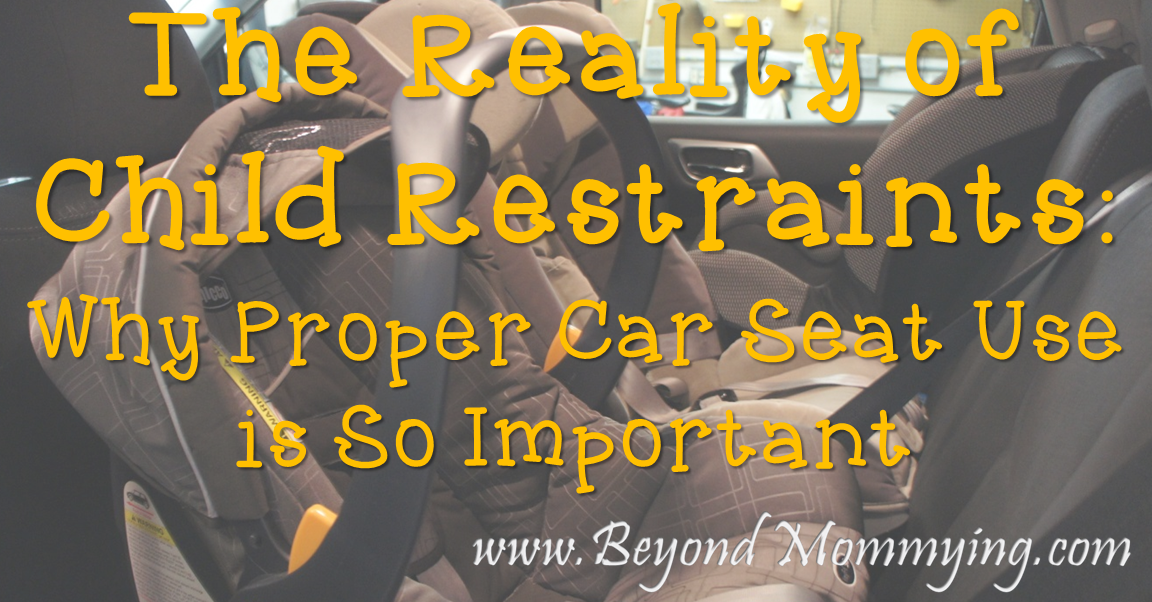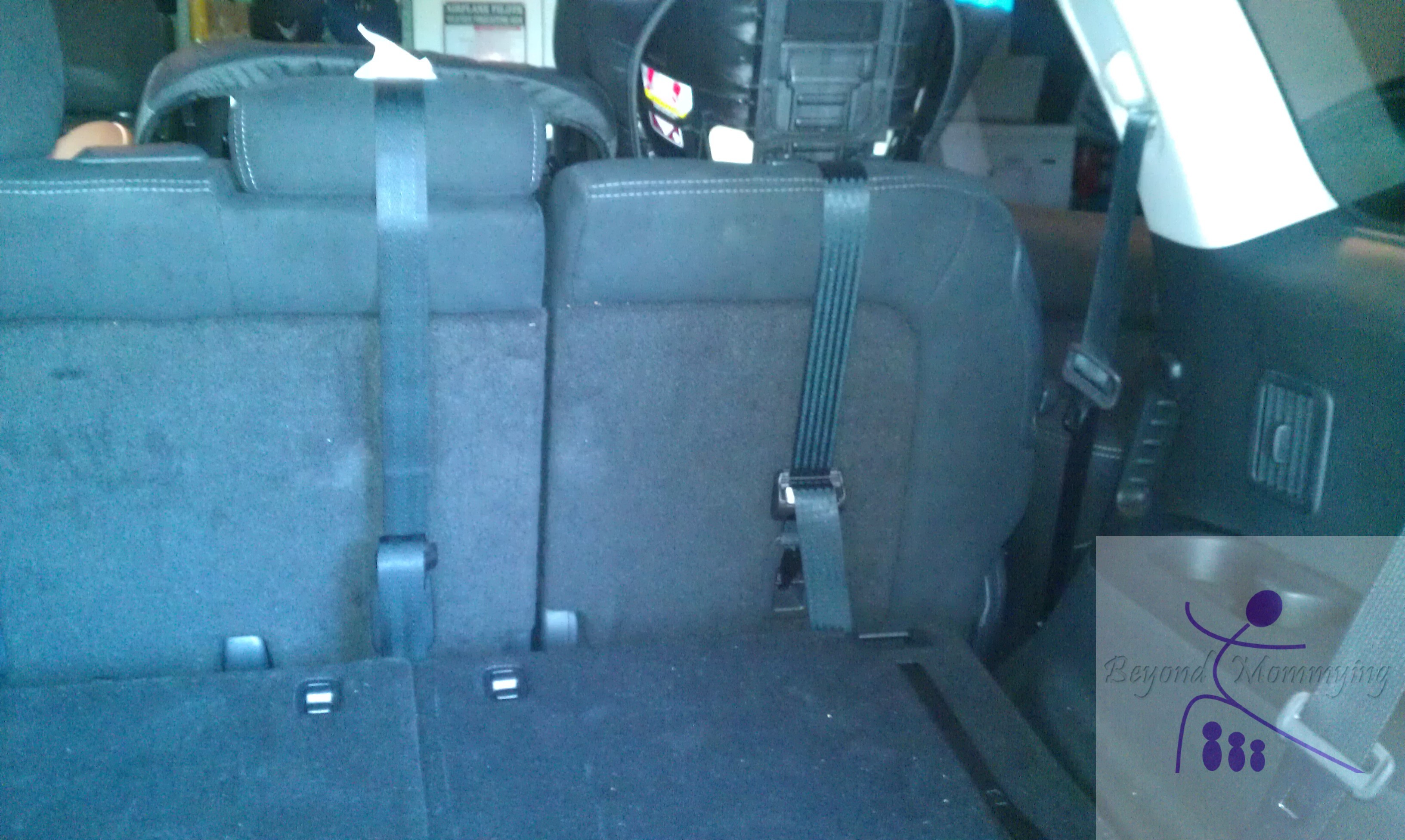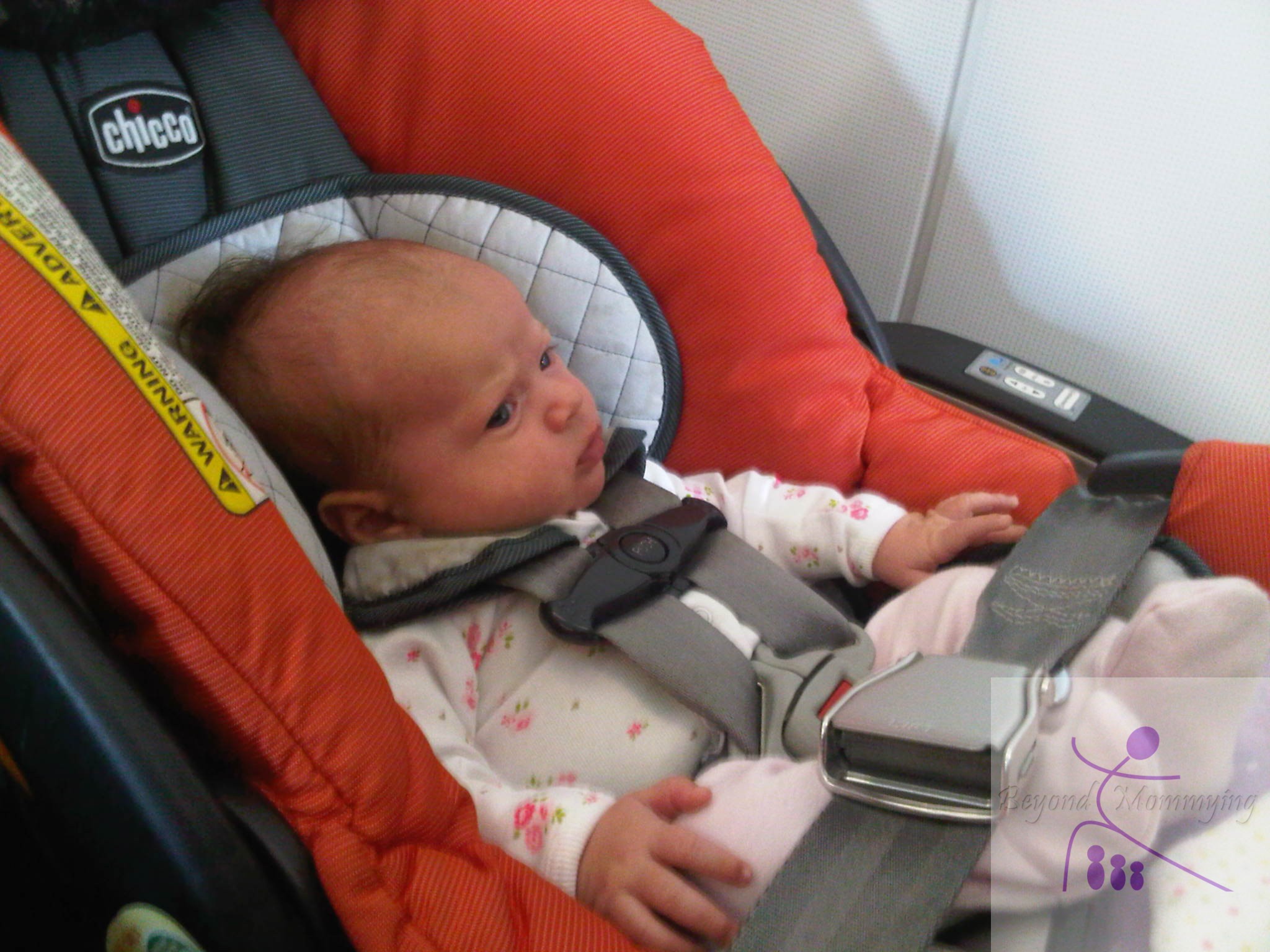I’m going to be honest (and perhaps a bit bold): I’m disappointed and distraught by how people restrain their children in the car. A while ago Facebook went through a “look at what I’m eating” phase and now it seems it’s in a “look at my cute kid in the car” phase and while the children are indeed cute (every single one of them!) the pictures often make me gasp, cringe, shake my head and on at least one occasion, cry. Misuse of child restraints seems to be an epidemic and unfortunately car seat safety does NOT fall in line with breast vs. bottle, pacifier vs. thumb, cloth vs. disposable, cry it out or not, co-sleep or not, babywear or not, etc. Car seat safety is in no way a matter of parent preference but is a matter of PHYSICS and physical development.
We as parents are constantly analyzing and weighing risks for our children. We know to put newborns to sleep on their backs, we watch our kids around open water and pools, we baby-proof our homes and we THINK we are keeping our children safe in the car. But the reality is vehicular accidents are the leading cause of child fatality in America and it’s estimated that 70% of child restraints are not used properly.
I don’t blame the parents (in most cases) for misuse. Parents are wildly misinformed and unfortunately the information out there can be confusing to say the least. But if you take nothing else away from this post, I hope you’ll heed this advice: READ YOUR CAR SEAT MANUAL, front to back, word for word, every single page! It will tell you everything you need to know about your child restraints like how to properly install it and fit it to your child; how to care for and clean it; and what the limits of use for the car seat are.
Every car seat has weight, height and age restrictions for use. These are not optional guidelines, they are stated for a reason. This reason is usually that the manufacturer did not test the seat outside of the stated limits or they did and the car seat FAILED. Meaning: the car seat did not properly restrain a child (dummy) in a test and the child may have been seriously injured or ejected from the seat. And just because your child meets the minimum height and weight restrictions of a car seat does not mean you can disregard the age requirements.
The age requirements are based on children’s physiological development. Children under the age of 2 are over 5 times safer when rear facing in the car and are 75% more likely to be injured during an accident if forward facing (see more car seat safety stats). This is because the soft bones of a child’s spine don’t start to harden and fuse until around age 3. So even if your child is “big enough” to meet the minimum requirements for a forward facing seat or booster does not mean their body is strong enough!
I found a few crash test videos that show how important properly restraining a child in the car is. Keep in mind, many of these videos are from other countries and so the seats are different from what is legal to use in the US.
Forward vs. Rear facing (note: the forward facing seat is not tethered at the top, this would reduce some of the trauma, but not all of it):
Videos 59-64 show common mistakes next to a properly used seat including a loose harness, loose installation, using the wrong belt path, having the harness at the wrong height and not using a top tether (as mentioned above):
This one shows the force on an infant seat placed in front of an airbag. The seat is not properly installed so the effect is not accurate but it paints a clear picture of what COULD happen:
I usually restrain myself from sharing unsolicited parenting advice but I have on more than one occasion approached a parent about unsafe car seat practices and have not always gotten a warm response. For this reason I struggled with whether or not to even write this post because I try really hard to not judge or offend people but this is the conclusion I came to: I don’t care how many people I offend or feelings I hurt if only ONE child is put in a safer situation because of my post. I don’t want to hear about any more children getting hurt or dying because of how they were restrained in the car and I hope you feel the same and will share this information with every parent and caretaker you know as well.
Did you know most crash tests are done at around 35 MPH. How fast do you travel with your children?
If you’d like more information on proper car seat use, check out my other posts on car seat safety.








Excellent writing along with great content. Thank you for this very well thought out piece with all it’s great advise. It made me think critically for a moment about my own child seat for William. I am now in a convoluted search for my issued manual.
If you can’t find your manual, most are available on the manufacturer’s website. Important stuff like the height and weight limits should also be on the side of the seat.